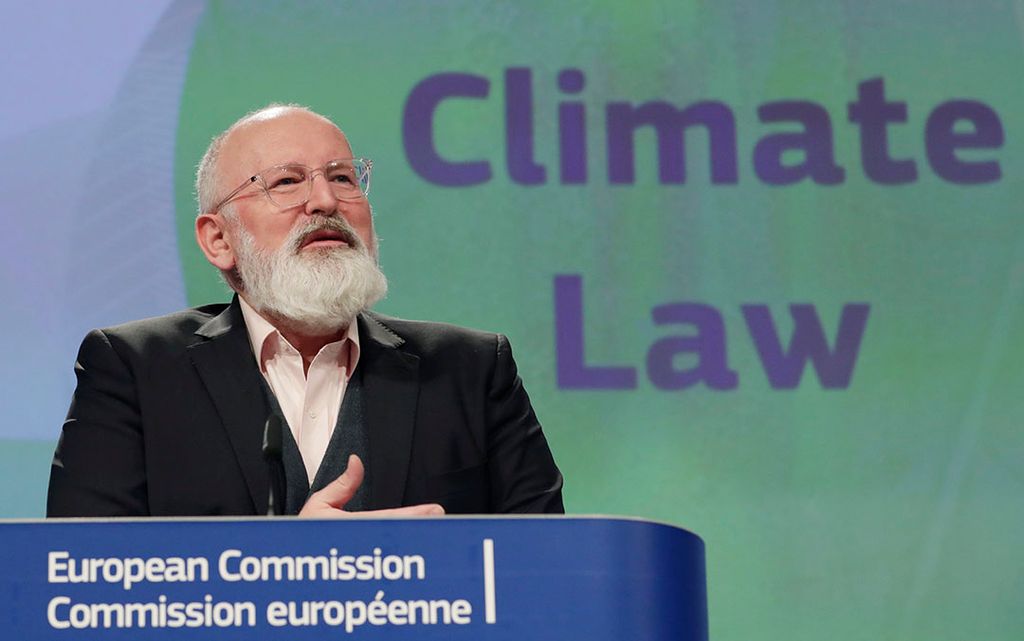
Met zijn strategie wil Timmermans benadrukken dat verduurzaming geen bedreiging voor de agrarische sector is, maar een kans. - Foto: ANP
In dit artikel
Europese lidstaten zullen stuk voor stuk in 2050 klimaatneutraal moeten zijn. Dat staat in de Europese klimaatwet, die klimaatcommissaris Frans Timmermans woensdag in Brussel heeft gepresenteerd. Hoe ver de Europese Unie in 2030 moet zijn met de CO2-reductie staat niet in de voorstellen.
Een van de elementen van de wet is de invoering van een koolstofheffing op de import van producten die niet volgens de Europese klimaateisen zijn geproduceerd. Op die manier wil de Europese Commissie de eigen ondernemingen in bescherming nemen.
Gebruik Gemeenschappelijk landbouwbeleid
Timmermans heeft eerder al aangekondigd dat hij het Gemeenschappelijk landbouwbeleid deels wil gebruiken om de klimaatdoelstellingen te verwezenlijken. De bijdrage van de landbouw in de vermindering van de uitstoot van broeikasgassen, of juist de opslag daarvan, kan op verschillende manieren plaatsvinden. In de Europese bossen en landbouwgronden worden grote voorraden koolstof opgeslagen. Door te zorgen dat het areaal grasland behouden blijft of uitbreidt, er geen bos wordt omgezet in landbouwgrond en door te zorgen dat er geen methaanuitstoot vanuit veenweidegebieden plaats heeft, kan de rol van de landbouw bij de opslag van koolstof van belang zijn. Het landgebruik en de bosbouw kunnen bijdragen aan een robuust klimaatbeleid, aldus Timmermans.
Tussendoel in klimaatwet
De klimaatcommissaris wil met zijn voorstel duidelijkheid bieden. “We zetten woorden om in actie.” Hij roept landen buiten Europa op om dezelfde actie te ondernemen. In de klimaatwet is ingebouwd dat er tussentijds aanpassingen kunnen plaatshebben. Hoewel de ambitie voor 2050 (0 broeikasgasemissie) vaststaat, is de Europese Commissie er nog niet uit wat het tussendoel voor 2030 moet zijn. Twaalf landen, waaronder Nederland, wilden dat de Europese Commissie een tussendoel voor 2030 van 55% CO2-reductie zou vaststellen. Timmermans zegt daarover geen lichtzinnig besluit te willen nemen.
€ 2 miljard aan subsidies
Ondertussen heeft het Nederlandse kabinet besloten € 2 miljard aan subsidies voor hernieuwbare energie naar voren te halen om aan de klimaatdoelen te voldoen. Het kabinet is daartoe verplicht op grond van de uitspraak van de rechter in de Urgenda-zaak. Minister Eric Wiebes (Economische Zaken) hoopt met het verschuiven van het geld op korte termijn veel CO2 te besparen. Vooral zonne-energieprojecten werpen op korte termijn vruchten af.
Land-based emissions
Forests and agricultural lands currently cover more than three-quarters of the EU’s territory and naturally hold large stocks of carbon, preventing its escape into the atmosphere. While the draining of peat land, felling of forest or ploughing up grassland generates emissions, actions such as afforestation or conversion of arable land into grassland can protect carbon stocks or result in carbon sequestration. EU forests, for example, absorb the equivalent of nearly 10% of total EU greenhouse gas emissions each year. Land use and forestry – which include our use of soils, trees, plants, biomass and timber – can thus contribute to a robust climate policy.
Removal, emission and storage
Giant redwood trees, Felton, California – Photographer: Jupiterimages © Getty Images
In relation to climate change, forestry and agriculture are about removals, emissions and storage. Removals result from the capacity of plants and soils to absorb and retain greenhouses gases from the atmosphere through the process of photosynthesis. Removals take place when trees grow or organic material builds up in soils. Emissions take place for instance when plants die and decay or when soils are disturbed so that their capacity to store is decreased. This would be the case when trees or crops are harvested, if wetlands are drained or if grasslands are ploughed.
Carbon dioxide (CO2) differs from the other major greenhouse gases relevant to the sector in that the carbon can be stored in large quantities in the various carbon pools in vegetation, soils and living organisms. As an illustration, it is estimated that the release of just 0.1% of the carbon currently stored in European soils would equal the annual emissions from as much as 100 million cars.
International Frameworks
For industrialised nations, accounting of emissions and removals from forests and agriculture are governed by the Kyoto ProtocolSearch for available translations of the preceding link••• adopted in 1997. The inclusion of forests and agriculture in greenhouse gas accounts of industrialised nations are governed by Protocol rules for the so- called LULUCF sector – land-use, land-use change and forestry.
Emissions and removals from forests and agriculture in non- industrialised countries are for the time being not governed by any internationally agreed legally binding framework. Policy development related to forests in non-industrialised countries is covered in the framework called REDD+, the UN programme for Reducing Emissions from Deforestation and Forest Degradation.
LULUCF in the EU
Up to 2020, EU Member States are committed under the Kyoto Protocol to ensure that greenhouse gas emissions from land use are compensated by an equivalent absorption of CO₂ made possible by additional action in the sector. The European Commission now aims to enshrine this principle (the so-called “no-debit rule“) in EU law for the period 2021-2030, by incorporating land use and forestry into the EU’s emission-reduction efforts for the first time. The actions of forest owners and farmers to secure carbon stored in forests and soils will thus contribute to achieving the EU’s commitment under the Paris Agreement on climate change to reduce greenhouse gas emissions by at least 40% by 2030 compared to 1990 levels
REDD+
Though emissions from deforestation and forest degradation account for 11% of greenhouse gas (GHG) emissions. At the same time nearly 1.6 billion people depend on these forests for food, water, shelter and energy. If designed properly, REDD+ could contribute to conserving national biodiversity and to the global fight against climate change. In addition to the environmental benefits, REDD+ also offers social and economic benefits.. REDD+ therefore has the potential for a triple dividend – gains for the climate, for biodiversity and for sustainable development. How far this potential can be materialized depends on providing a sound legal framework, predictable incentives, and proportionate resources that are used in a cost-effective manner.



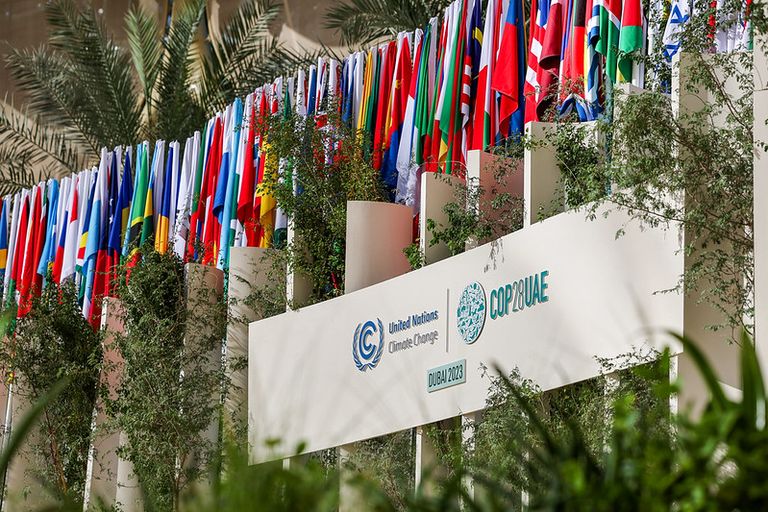






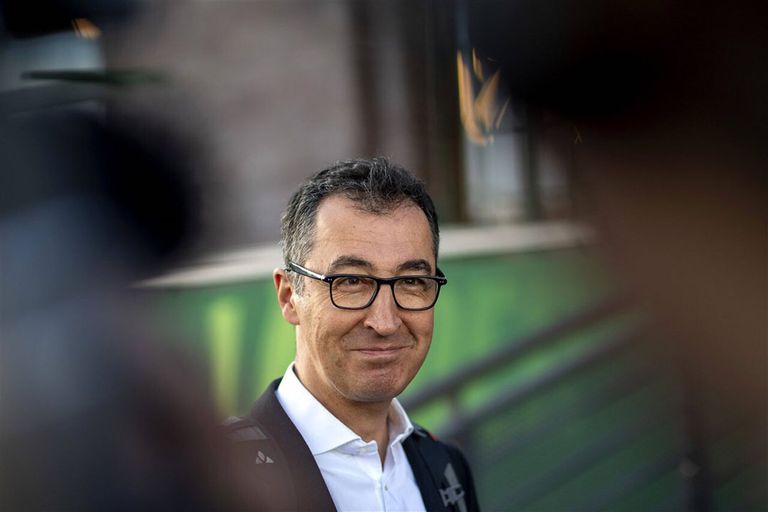
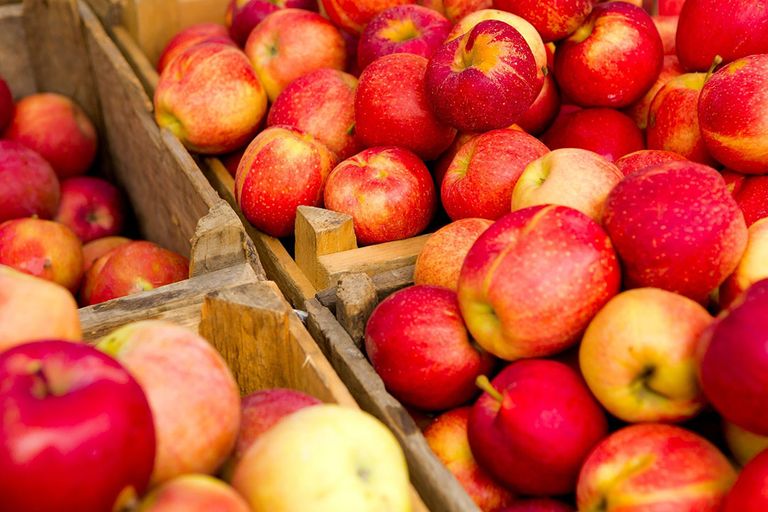
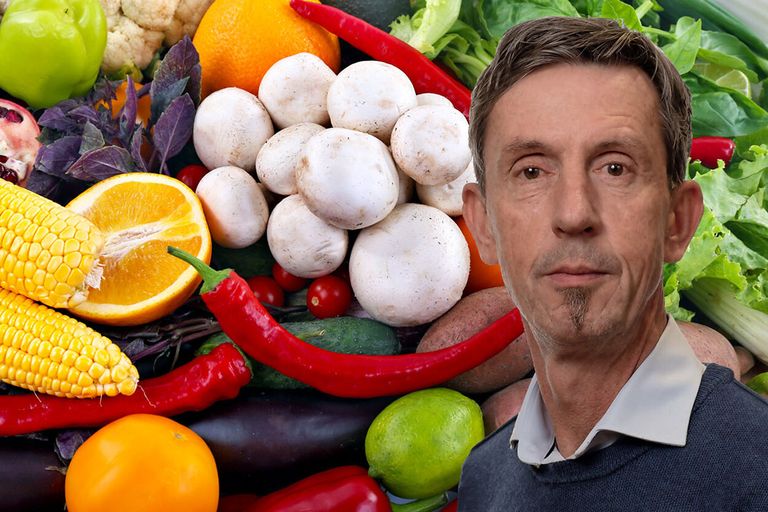
 Beheer
Beheer
 WP Admin
WP Admin
 Bewerk bericht
Bewerk bericht